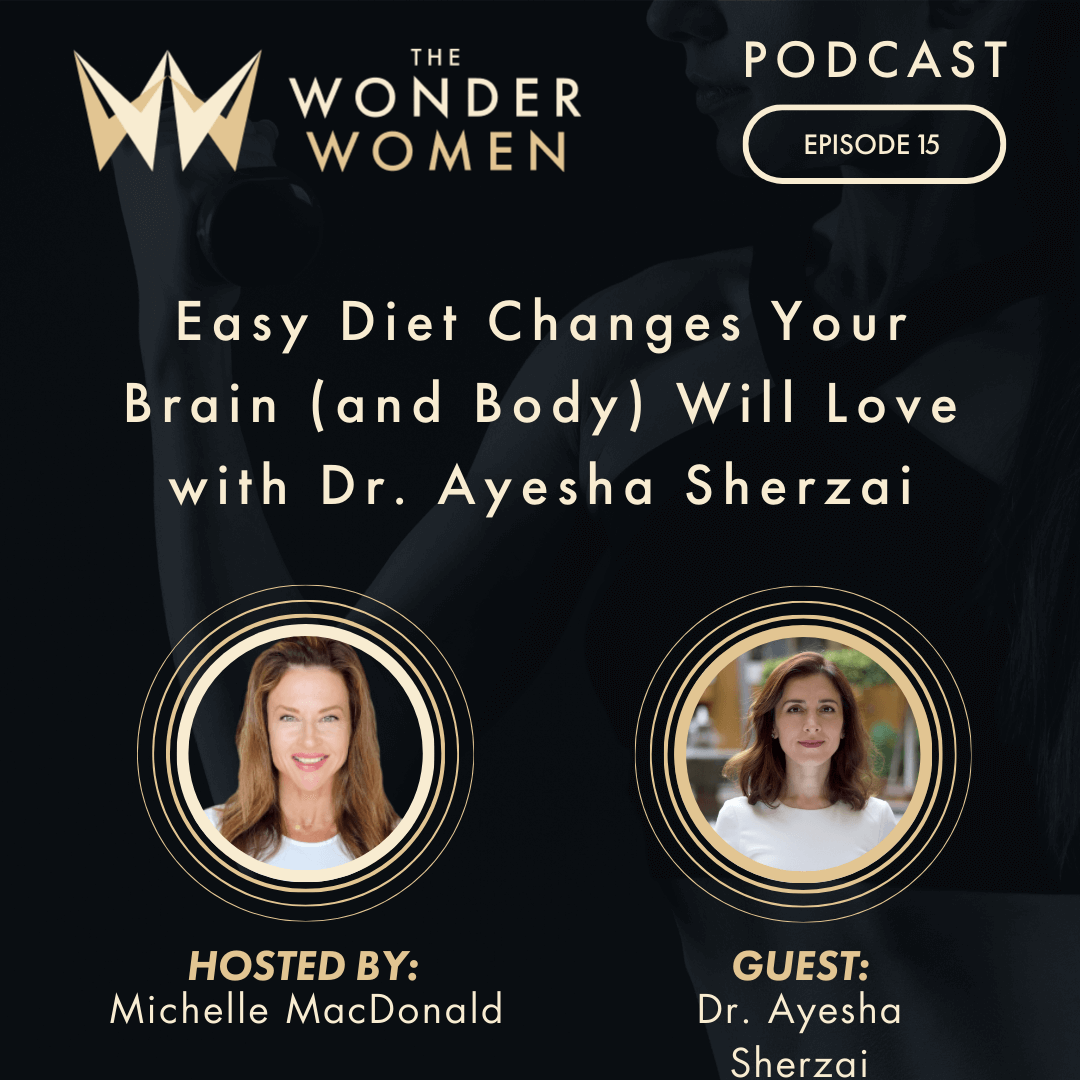Edited by Michelle MacDonald
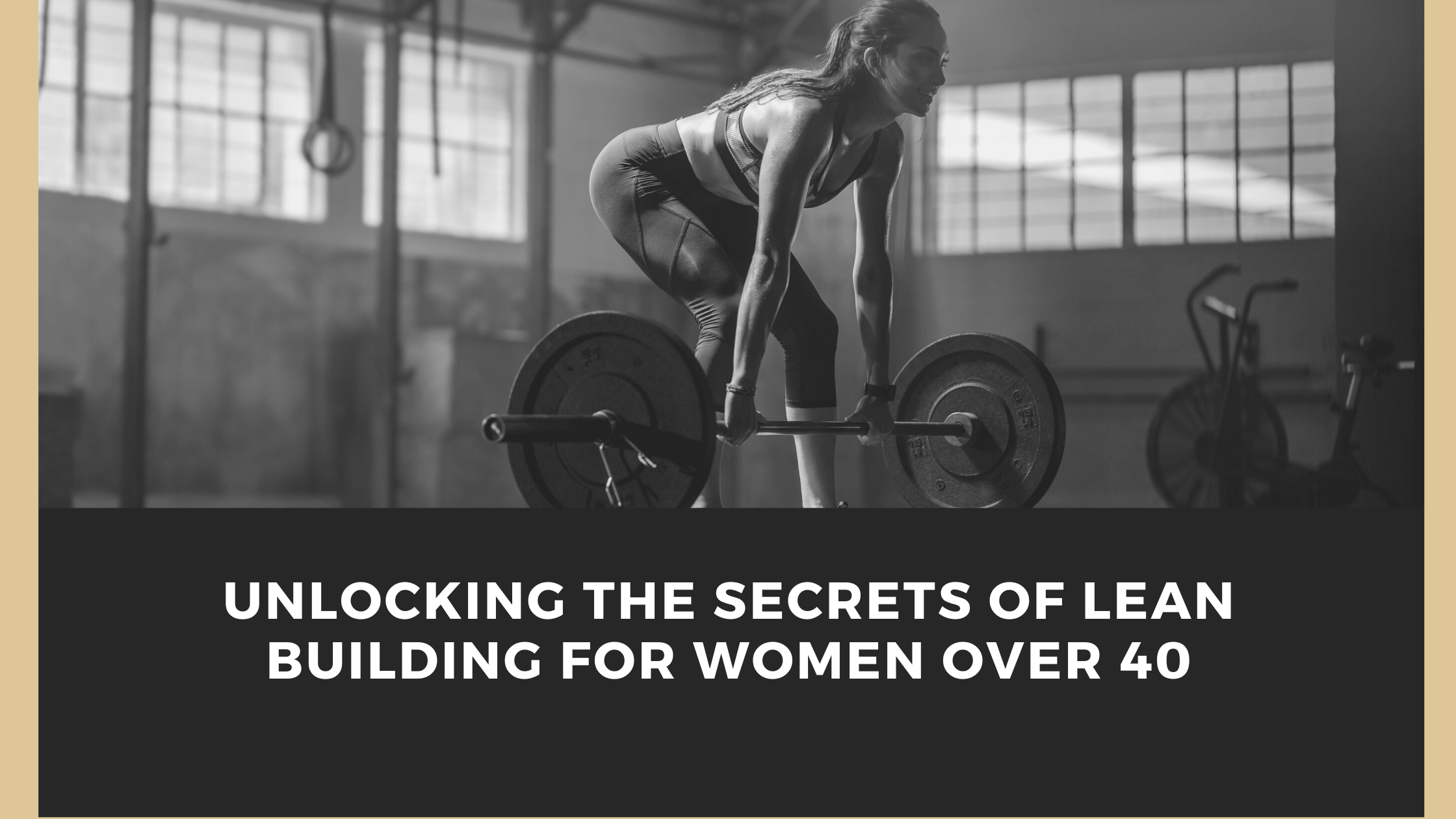
As women over 40, we often wonder how to maintain our health, vitality, and overall well-being. Achieving a lean build is a common goal among women of this age group, but it can be a daunting task. We’re going to help you clear up any misconceptions you might have about lean building for women over 40, providing you with the knowledge and tools to embark on your lean build journey. We’ll not only answer the fundamental question of what a lean build truly entails but also equip you with practical tips, advice, and techniques to help you pursue your fitness aspirations and embrace your inner strength.
What Is a Lean Build?
With so many fads and terms being tossed around out there, it’s okay if you’re not sure what exactly a lean build is. Lean building involves eating a slight calorie surplus to gain muscle while minimizing fat gain. You’re not just eating whatever you want though, you focus on eating whole, nutritious foods that are high in protein and fiber. It’s a slower way of building muscle, but potentially more enjoyable for those who are more body-conscious.
Building Basics
Building is also often known as bulking. This approach is based on the principle that your body’s muscle-building mechanisms operate most effectively when supplied with ample energy. However, the challenge of traditional building techniques lies in the concern of gaining excess body fat.
Enter Lean Building
Lean building is a smarter approach to muscle gain, focusing on long-term results while keeping body fat levels relatively low. It is a calibrated method that regulates calorie and macronutrient intake, ensuring that the majority of weight gained is muscle rather than fat. This process involves gaining weight and strength at a more controlled pace, prioritizing quality muscle growth over rapid weight gain. Lean building typically takes several months, ideally extending to a year or longer.
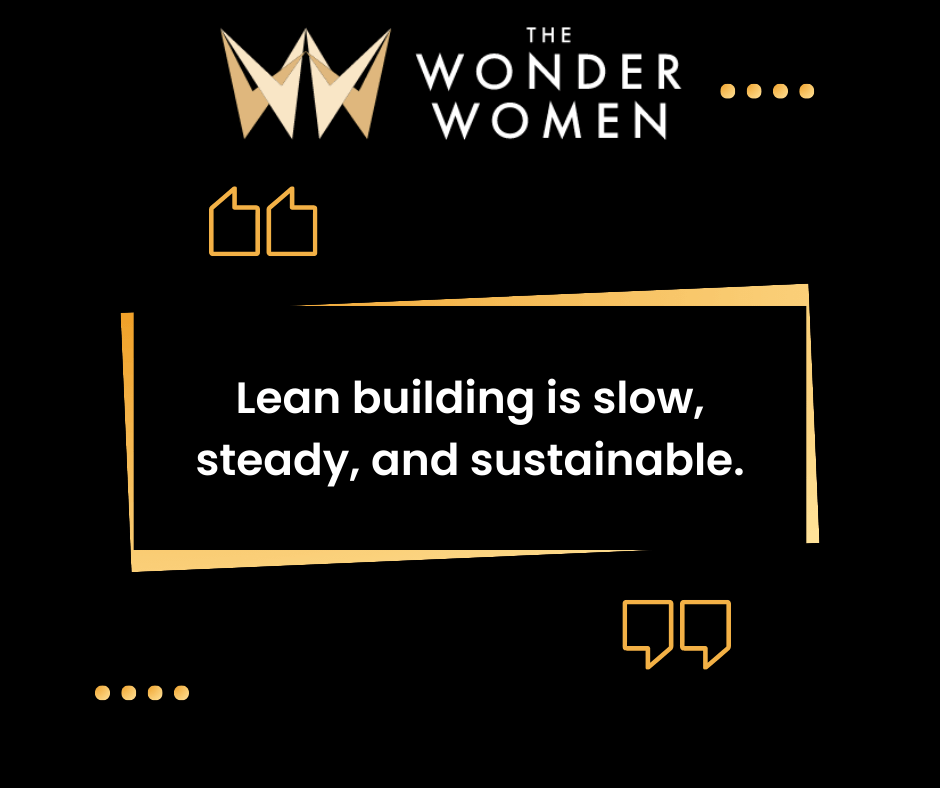
Taking your time, practicing the good habits you developed to lose weight, and enjoying the process are all part of long-term success with lean building. This slower approach allows your body to adapt to the changes you are making and ensures that your muscle gains are sustainable. If you have recently lost a lot of weight, lean building is especially beneficial, as it allows you to regain strength and muscle without adding back on unwanted body fat.
What to Avoid When Developing a Lean Build?
Before we dive into the specifics of how to achieve a lean build, it’s crucial to understand the pitfalls of traditional or “dirty” bulking. Many individuals, especially beginners, are drawn to dirty bulking due to its simplicity and the freedom to indulge in any food without restraint. However, this approach often leads to overeating and excessive fat gain, undermining the long-term goals of a lean build.
The Problem with Dirty Bulking
Dirty bulking not only hampers motivation and impairs insulin sensitivity but also forces premature cutting phases, impeding the ability to make any significant improvements in muscle and strength. Gaining fat too quickly can be discouraging and may necessitate more frequent cutting cycles, disrupting the delicate balance needed to sustain progress.
How to Develop a Lean Build
Now that the pitfalls are clear, let’s explore how to embark on a successful lean build, tailored for women aged 40 and above.
Calculate Your Lean Build Calories
Achieving a lean build requires precise calorie management. To promote muscle growth, aim for a moderate calorie surplus. An increase of 5-10% should suffice for most people. Just remember that the amount to increase will be individual, and depend on factors like a person’s metabolism and training intensity. For instance, someone with a daily maintenance calorie intake of 1700 kcal might need to increase their intake to 1870 kcal, while someone with a maintenance intake of 2100 kcal might need to increase their intake to 2310 kcal. Adjust your calorie intake accordingly to achieve your desired results. If you are gaining too fast, you can dial back the calories a little, or adjust your ingredient selection or meal timing. Likewise, if you are not gaining fast enough, increase them a little. For smaller women (under 5’2, aim for 1-2 lbs weight gain per month). For moderately sized women you can aim for slightly more, just make sure to keep your ab wall visible, or use another easy way to assess if you’re staying relatively lean enough.
Calculate Your Lean Build Macros
Macronutrient distribution is equally important. Aim for 1- 1.4 grams of protein per pound of body weight daily, based on your lean body weight. Older women in particular require more protein to promote muscle protein synthesis so make sure to prioritize it. Fats should be around 0.3 – 0.4 grams of fat per pound of body weight but you can choose to bump these up higher if it helps you achieve your targeted calories. Carbs will make up the rest, based on your lean build calories. Carbs are a key component for muscle growth, along with adequate protein. This balanced macro distribution fuels muscle growth while maintaining overall health. One study focused precisely on protein supplementation in older adults.1 This randomized double-blind controlled trial found that protein supplementation increased lean body mass and decreased fat mass.
What Are the Best Lean Build Foods?
Choosing the right foods is pivotal in a lean-building journey. Look for nutrient-dense, minimally processed options that provide sustained energy and support muscle growth. Reference the chart below for examples of recommended foods.
| Nutrient Category | Foods |
| Lean Animal Proteins | Sirloin steak, Ground beef, Pork tenderloin, Chicken breast, Seafood (tilapia, cod, catfish), Egg whites, Greek yogurt or Skyr, Cottage cheese, Low-fat milk |
| Healthy Legumes | Chickpeas, White Beans, Black Beans, Lentils, Pinto Beans, Kidney Beans |
| Healthy Vegetables | Asparagus, Cucumber, Celery, Lettuce, Spinach, Kale, Swiss chard, Salad greens, Bok Choy, Broccoli, Cauliflower, Brussels sprouts, Cabbage, Eggplant, Green beans, Mushrooms, Tomatoes, Winter Squash, Bell Peppers |
| Healthy Fruits | Strawberries, Raspberries, Blueberries, Blackberries, Oranges, Grapes, Honeydew melon, Cantaloupe, Banana, Grapefruit |
| Healthy Starches | Whole grains (quinoa, kamut, spelt, oatmeal, etc.), Tubers (potato, yams, taro, yucca), Whole-grain pasta, Breads (especially Sprouted grains, sourdough, whole grains, etc) Granola |
| Healthy Fats | Avocados, Whole eggs, Olive oil, Nuts (almonds, cashews, brazil nuts, walnuts, etc.), Peanuts or peanut butter, Coconut oil, Seeds (chia, hemp, pumpkin, sunflower, etc.), Fattier fish, Dark poultry, Dark chocolate, Full-fat dairy products |
Additional Tips for Lean Building
Fiber Intake: While fiber is very important for overall health, it can be hard to digest especially as we get older. Aim for 25 g of daily fiber from a wide variety of sources. More than 25 g doesn’t equal better results and can lead to discomfort. If fiber is new to you, consider introducing it slowly, increasing by 5 g per day each week, seeing how digestion is, and then increasing from there.
Intra-Workout Drink: Consider including an intra-workout drink like Penta Carbs coupled with Essential Amino Acids to boost energy and minimize catabolism during workouts.
Calorie Tip: If you struggle to get all the calories in, consider replacing one or two meals with liquid shakes. A simple shake made with milk, dates, fruit, oats, nuts, and protein powder is calorie-dense and you can easily substitute ingredients that you love.
What’s the Best Lean Build Meal Plan?
Crafting a personalized lean-build meal plan is an essential step in your fitness journey, and it’s not as complicated as you might think. The key lies in striking a balance between enjoying delicious, nutritious meals and fueling your body with the right nutrients to support your lean muscle growth.
While there’s no one-size-fits-all approach, the evidence is clear that when setting out to gain muscle, you should maintain a calorie surplus 2, 3, meaning you consume slightly more calories than your body burns daily. This surplus provides the energy your muscles need to repair and grow. However, it’s crucial to prioritize whole, nutrient-dense foods over processed options. These wholesome ingredients provide your body with the essential building blocks for muscle growth and overall well-being.
Here’s where your lean build meal plan differs from your maintenance meal plan:
Increased Pre- and Post-Workout Meals: To support muscle repair and growth, you’ll likely increase the size of your pre and post-workout meals. This typically involves adding more fast-digesting carbs to get more total carbs into the body without causing distress during training. It also ensures rapid glucose uptake to the muscle cells post-training.
Healthy Fats for Muscle Growth: Healthy fats play a crucial role in hormone production and nutrient absorption, both of which are essential for muscle growth. You might incorporate more nutrient-rich fats into your diet, such as nuts, avocados, cheese, or fattier proteins like salmon and dark poultry meat.
Protein for Muscle Building: Protein is the primary building block of muscle tissue. Aim to consume a minimum of 1 gram of protein per pound of body weight daily. Good protein sources include lean meats, seafood, eggs, and dairy products. Don’t forget you can supplement protein by focusing on legumes, protein-rich grains like buckwheat, and vegetables like mushrooms and spinach.
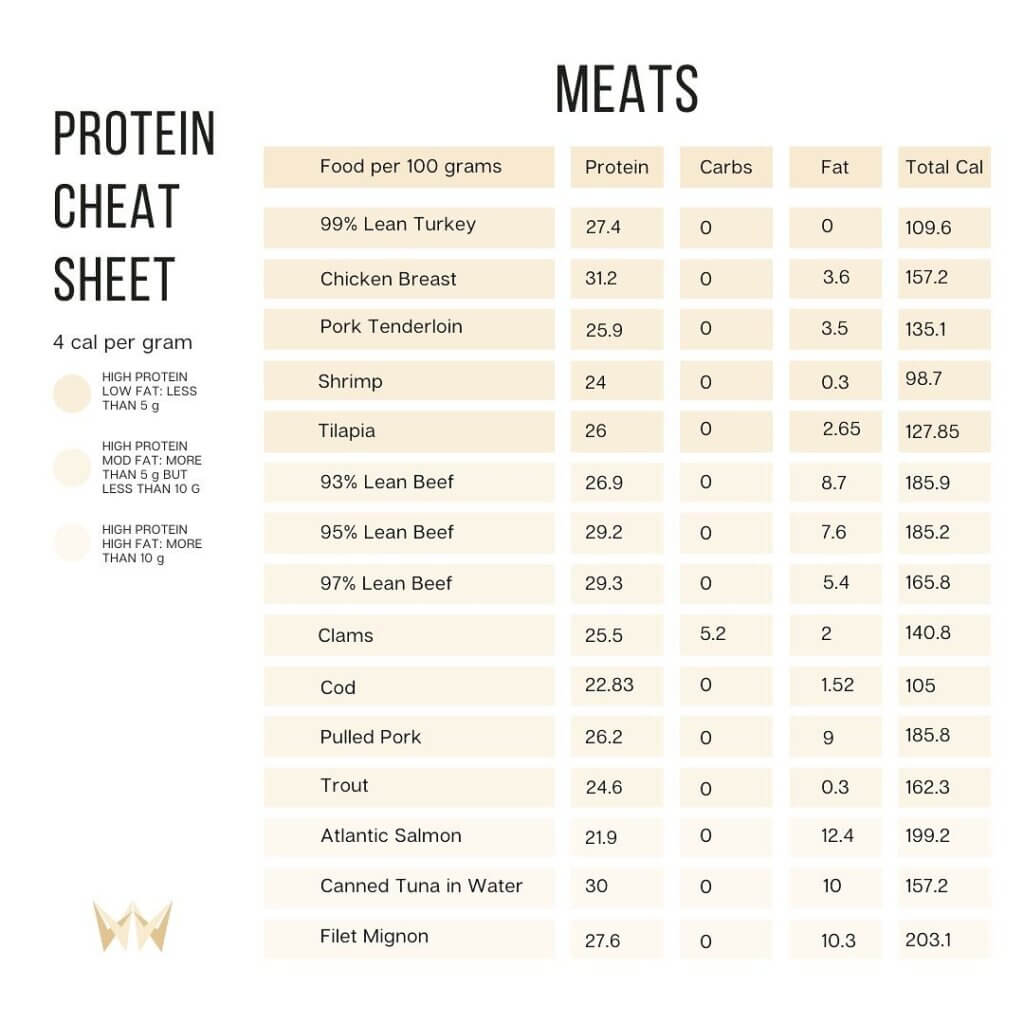
To help you get started, consider incorporating these recipes from Michelle Macdonald into your lean-build meal plan:
- Breakfast: Start your day with a protein-packed breakfast like Pumpkin Hotcakes with Sweet Icing or Cake Batter Oatmeal.
- Lunch: For a satisfying and nutritious lunch, try the No-Brainer Bolognese.
- Dinner: Fuel your evening with a hearty and flavorful dinner like Easy Fish Soup.
If you need more carbs at night, or fats, remember any of these recipes can be adjusted by increasing ingredients, or adding in a slice of bread or side dish.
Staying focused and turning meal planning like this into habits is key when it comes to achieving your lean build goals. By following these principles and incorporating these delicious recipes into your meal plan, you’ll be well on your way to building lean muscle and empowering yourself to create a healthy and sustainable relationship with food and fitness.
What’s the Best Lean Build Workout Plan?
Complementing your nutrition strategy is a well-structured workout plan. Lean building for women aged 40 and above, the emphasis should be on progressive overload through strength training, targeting major muscle groups four to five times per week. This means gradually increasing the weight, reps or sets over time to continually push your body to adapt and build muscle. While high-rep sets have their benefits, strength training for women over 40 should ideally incorporate training at higher loads, for multiple sets, 4 There should also be an emphasis on multi-joint compound lifts like squats, deadlifts, hip thrusts and bench presses. These exercises maximize muscle recruitment and stimulate growth. Don’t forget impactful exercises like push-ups, dumbbell rows, and lunges to target specific muscle groups. If you’re unable to use barbells, machines like the the lever squat, hack squat and leg press, as well as machine rows and presses, can be effective alternatives.
To further enhance strength gains, incorporate longer rest periods between sets, around 2 minutes (Kraemer, et al., 2016). These longer breaks allow for a more complete recovery of the fast-twitch muscle fibers, which play a crucial role in strength development. 5
Building muscle isn’t just about lifting heavy weights and meeting nutritional needs; consistency is the silent, yet essential, ingredient. Seeing results requires dedication and showing up for yourself day after day. Muscle growth is a gradual process. It won’t happen overnight, and there will be plateaus along the way. Consistency is the bridge between intention and results so persevere to cross that bridge.
What Does a Successful Lean Building for Women Look Like Before and After?
Achieving significant results from lean building requires dedication and consistency. Success is measured not just by physical changes but also by markers such as increased strength, improved performance in the gym, and enhanced overall health. Lean building is a cyclical process, alternating between muscle-building phases and cutting phases to refine the physique.
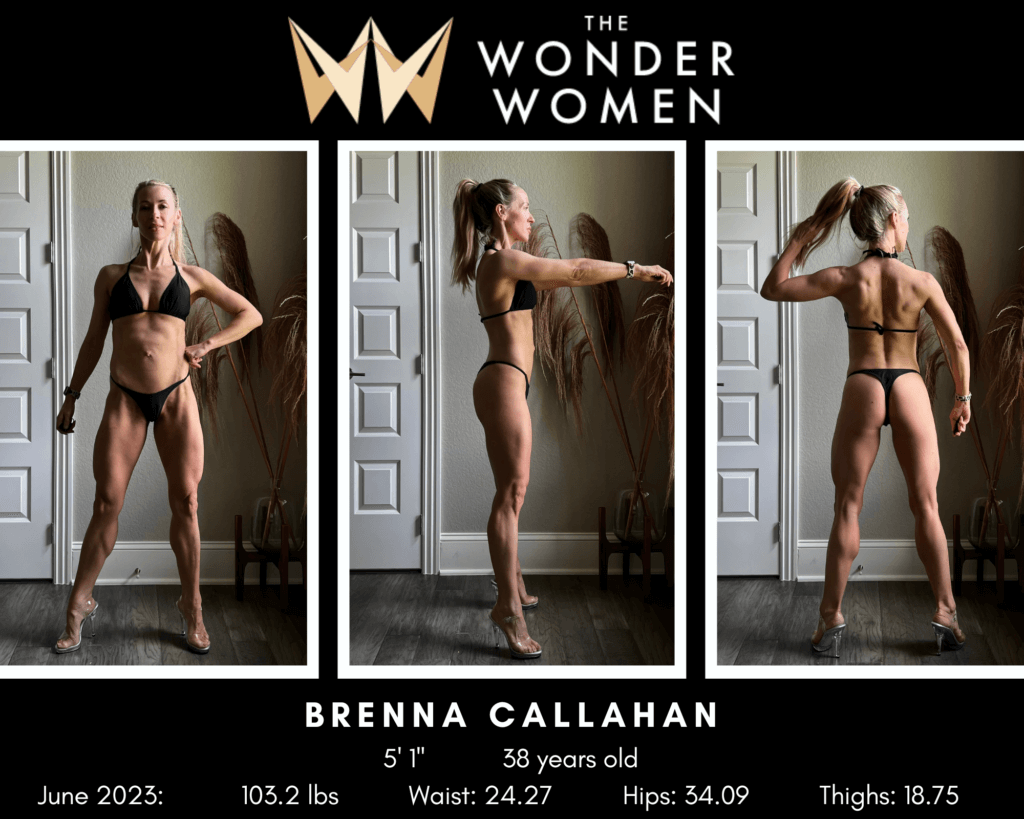
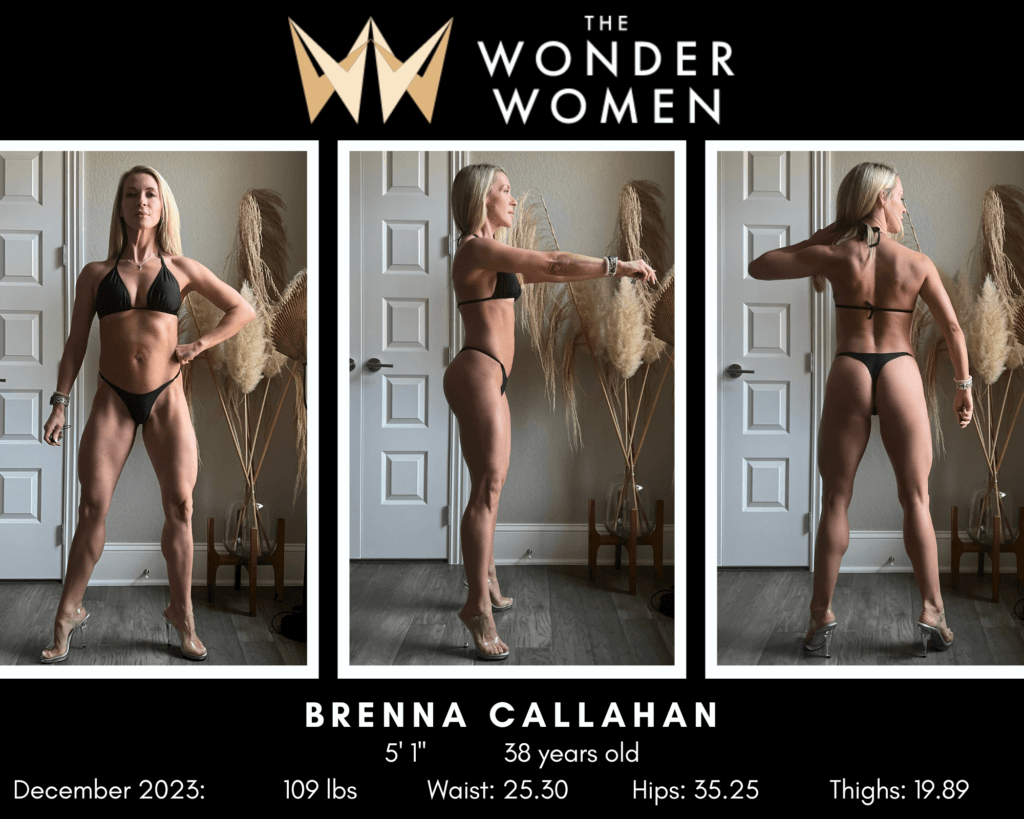
What to Do After Building?
Completing a successful lean build is a commendable accomplishment, but the journey doesn’t end there. Maintaining gains involves a thoughtful transition. While it’s acceptable to reduce training volume slightly, abruptly stopping can lead to unintended fat gain. Gradually revert to pre-building calorie levels, ensuring a smooth transition without compromising hard-earned progress.
If you gain a bit too much body fat, you can consider doing a mini-cut to reveal your hard work. Just be sure to be strategic and avoid falling into the pitfall of yo-yo dieting, and cutting calories too fast, risking losing the muscle you just gained.
A lean build is not only achievable for women aged 40 and above but can be a pivotal step in building your strength, health, and confidence. By understanding the principles of lean building, avoiding common pitfalls, and embracing a balanced approach, women can unlock the secrets to a sustainable and fulfilling fitness journey.
Works Cited
1 – Ten Haaf, Dominique S M et al. “Protein supplementation improves lean body mass in physically active older adults: a randomized placebo-controlled trial.” Journal of cachexia, sarcopenia and muscle vol. 10,2 (2019): 298-310. doi:10.1002/jcsm.12394
2 – Leaf, Alex, and Jose Antonio. “The Effects of Overfeeding on Body Composition: The Role of Macronutrient Composition – A Narrative Review.” International journal of exercise science vol. 10,8 1275-1296. 1 Dec. 2017 https://pubmed.ncbi.nlm.nih.gov/29399253
3 – Slater, Gary John et al. “Is an Energy Surplus Required to Maximize Skeletal Muscle Hypertrophy Associated With Resistance Training.” Frontiers in nutrition vol. 6 131. 20 Aug. 2019, doi:10.3389/fnut.2019.00131
4 – Krieger, J. W. (2018). Single vs. multiple sets of high-intensity resistance training: Does more mean better? British Journal of Sports Medicine, 57(18), 1211-1213. https://bjsm.bmj.com/content/57/18/1211
5 – Kraemer, W. J., Fleck, S. J., & Fry, A. C. (2016). Overtraining in athletes: A decade of research to muddle the waters? Journal of strength and conditioning research, 30(5), 1483-1493. https://pubmed.ncbi.nlm.nih.gov/26605807/

